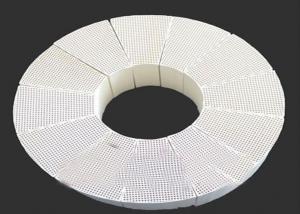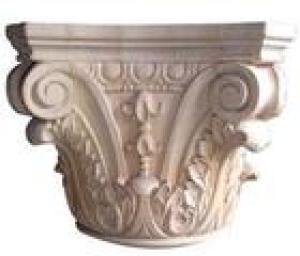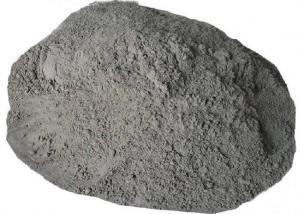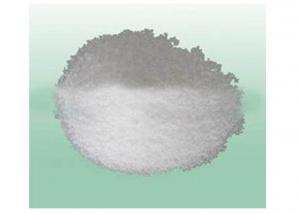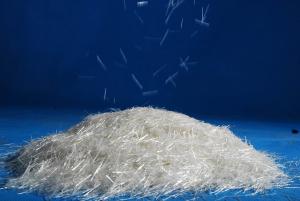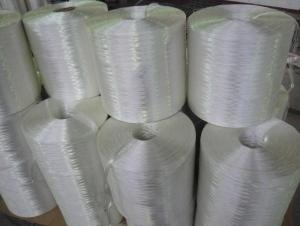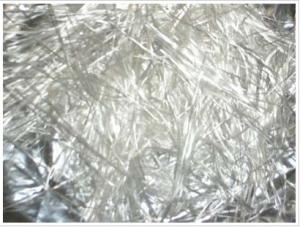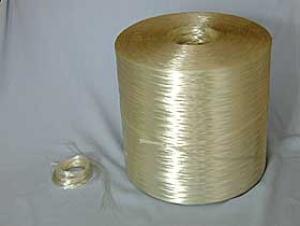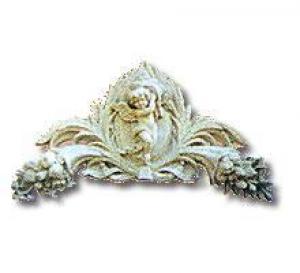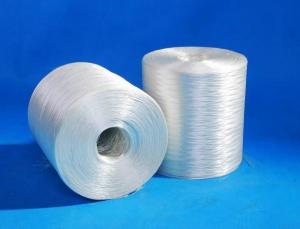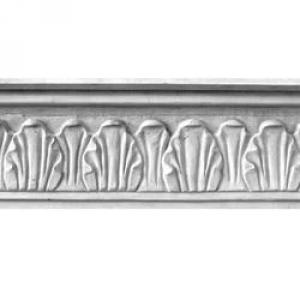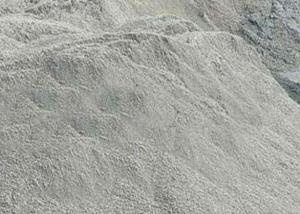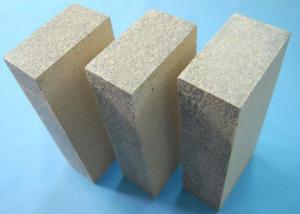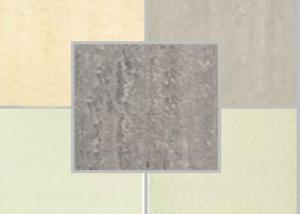New Cordierite Heat Storage Ceramic Honeycomb
- Loading Port:
- China Main Port
- Payment Terms:
- TT or LC
- Min Order Qty:
- 1 Ton m.t.
- Supply Capability:
- 5000 Tons per Month m.t./month
OKorder Service Pledge
OKorder Financial Service
You Might Also Like
1.Large specific surface area, small heat resistance.
2.Good thermal conductivity.
3.Heat storage ceramic honeycomb.
Detailed Descriptions:
Honeycomb ceramic is a new developed porous industrial ceramic. As heat storage body, it has the properties of corrosion resistances, large specific surface area, small heat resistance, good thermal conductivity and excellant thermal-shock resistance performance, realize quickly exchanging heat and reducing energy, widely used in the industrial field. The honeycomb ceramic as the heat exchange media is the key part for heat storaging HTAC ( High Temperature Air Combustion) technology. It is the best choice for RTO, heat exchanger and other environmental protection and energy saving products.
Main Features:
1. A new developed porous industrial ceramic.
2. Large specific surface area, corrosion resistance, small heat resistance, good thermal conductivity, excellant thermal-shock resistance.
3. Hole shape: square, hexagon, circular etc.
4. We can produce the honeycomb ceramic series with different shapes and sizes according to customers’ requirements.
Application:
all kinds of pushing-steel heating furnace, RTO ( Regenerative Thermal Oxidation), stepping heating furnace, heat treatment furnace, forging furnace, dissolving furnace, steel wrapping/middle wrapping baking apparatus, soaking pit, radiation tap incendiary apparatus, covering furnace, high temperature hot-blast stove in metallurgical machine building, all kinds of ceramic cellar stove, glass cellar stove in building materials, all kinds of tap heating stove, splitting stove, other industrial stove cellar, etc.
Specifications:
Dimension (mm) |
Hole Number (mm) | Wall Thickness (mm) |
Specific Surface Area
(m2/m3) |
150×150×300 |
25×25 |
1.0 |
573 |
150×150×300 |
32×32 |
0.9 |
785 |
150×150×300 |
40×40 |
0.7 |
883 |
150×150×300 | 43×43 |
0.65 |
1000 |
150×150×300 |
50×50 |
0.7 |
1050 |
150×150×300 |
60×46
|
0.5
|
1316 |
Technical Data:
| Index | Metric Unit
| Value |
Material Density
| g/cm3 | 2.3-2.6
|
| Average Linear Expansion
| 10-6/k-1 |
<2.5 |
| Special Heat Capacity | KJ/Kg | 900-1200 |
| Heat Conductivity
| W/MK | 1.8-3.0 |
| Max. Application Temp. | °C | 1350 |
| Acid resist strength wt.loss
| % | <4 |
| Water Absorption | % | <5 |
Chemical Composition:
Composition |
Stoneware |
Cordierite |
Mullite Cordierite |
SiO2 |
41~45 |
53.55 |
29~30 |
Al2O3 |
34~37 |
39.65 |
68~69 |
MgO |
5.0~7.0 |
3.4 |
-- |
Fe2O3 |
1.3~1.5 |
0.65 |
0.5~0.7 |
Na2O+K2O+CaO |
1.2~1.4 | <1 |
0.7~0.9 |
TiO2+BaO |
0.20~0.25 |
1.5 |
-- |
Note: All the data is only for reference, specific specifications, types and materials are according to customers' requirements.
- Q: Now, my husband and I were expanding the patio on two sides. The cement was dumped and we started to smooth it. Then it started pooring down rain. While we tried to protect it, water still puddled in some places, leaving dips in the finished work. Also, the new concrete is a different color than the old. Is there any way to smooth out these dips effectively and make the cement all the same color? I know that adding a thin layer on top would only leave the finished work to chip and crack, so I'm wondering how to go about completeing the patio.
- Hi - You can add a dye to the cement before it hardens to change the color - but that won't help now, plus it would be hard to match the old color. If you live in a warm climate then one solution is to put an outdoor tile over the whole thing - using extra mortar in the low parts. When we lived in florida I put a red terra-cotta type tyle on our patio and it came out nice. You can also go to Lowes/Home depot and look in the paint department for an epoxy coating. They are common for garages, but they have them for walkways/patios too. Good luck.
- Q: It's for my Science hw....
- As someone who manages hazardous waste shipments. It is not considered flammable, or explosive. It I considered poisonous Because it contains silica
- Q: there some cement in my garage that is crumbling and i was wondering if you can just clean it up and pour new cement over it or do you have to rip it out and start over.
- Looks like very old and seems to have water working from the edges, just chip up the loose stuff and patch would be less costly.
- Q: I primed my CPVC pipe with the purple stuff and then used PVC cement instead of CPVC cement. Is this going to be a problem? What is the risk?
- If the joint is in an area that cannot be seen, I would change it out with a couplings and a piece of pipe. It is no longer code to use a combination glue that was manufactured for both PVC and CPVC. This should tell you that PVC glue on CPVC will probably not hold.
- Q: So not too long ago I got a permanent retainer glued to the top of my teeth. My sister told me that her permanent retainer once fell off and it got me paranoid. I just go it on so the cement is relatively fresh but I rub the glue with my tongue and now I have a question... How strong is the cement? Can I eat and drink whatever or will certain foods and drinks ruin and wear the glue away? Should I brush and floss there gentler as to not wear the glue away? I hear all these stories of where the glue sometimes falls off in little chunks or something and they have to get their retainer re-glued on and so I ask how long will the glue last on my teeth before it starts to fade? Is the cement/glue strong enough to last awhile? Etc.
- Whether or not it comes off is dependent on two things, really: 1: you not eating dumb things, like gum or air heads, etc. and 2: your bite. Some just do. The glue will stay as long as the bond took. Some may chip off from your bite, but there's not a lot you can do aside from being careful to stay away from foods that you are not supposed to eat. The glue can last years and years. It's the same stuff we use to cement crowns and it lasts decades. But adults don't do the same dumb stuff with their mouths that kids do.
- Q: I carved S in wet cement but it wasn't my sidewalk... will I get in trouble?? I feel really guilty but I just wanted to make a memory :(
- Lol, don't worry! The cops aren't going to come banging down your door and asking if you put your initials in the side walk. It isn't illegal.
- Q: The cement i found is in 25kg bags (?5.98 each). The floor i think will be 4 inches thick??? or any suggestions please.
- I disagree with the 1 bag => 1 sq ft. I bag of cement will make more than 1 cubic foot of concrete... and exactyly how much it will make is dependent upon the mix, the proportion of cement:gravel:sand. A meter is slightly more than 3 1/4 feet. A square meter is about 10.6 ft^2. You want to cover3m x 2m = 6 m^2... which is 63.6 ft^2. 4 thick is 1/3 of a foot thick. You need about 21.2 cubic feet of concrete. I think a bag of cement is a cubic foot of cement. A mixture might be something like three units of cement, 6 units of gravel and a couple of units of sand. Most of the final volume will be from the gravel. This mix would yield somewhat more than 2 cubic feet of concrete for each bag of cement. It looks to me as though you need 10 bags of cement to make 21+ ft^3 of material.
- Q: I have a waterfall, built with cinder block, covered in flat slate and other flat slate I need to add dimension as it looks like like a cemetery marker. I need to add some rock, slate and shale but do not know what would be a quick set or how to go about it. It is a neat heavy waterfall about 4 feet tall with a stair step sidesWe are very handy and can do anything so we need real honest experience d answers from people in the know.We live in Fl. so we are rain filled in the afternoons so it has to be quick dry.Thanks for all your informationTwo Seniors
- The two best, quick-setting bonds you can achieve are Hydraulic Cement (used for patching concrete, even under water) and epoxy. Either will work to hold pieces together and both are water proof. If you are wanting to actually for and pour a concrete structure I recommend sakrete brand pre-mixed concrete. It isn't expensive and is easy to work with. Like other concrete products, it will set underwater but you can't adequately finish it; it would be more of a 'natural' finish. You can float it off but troweling is nearly impossible. If neither of these are what you meant leave an update with more info and I'll check back later. I have over 30 years of experience in construction so I may be able to provide info on other ideas. Good luck and enjoy!
- Q: we are interesting in using larger travertine tile
- use latex modified thinset morter and an underlay called ditra bond the ditra to the patio and the tile to the ditra this is for independent movement for both I'm not sure about using travertine as a patio its one of the softer natural stone and pores
- Q: The wind knocked over part of our wood fence. Two of the wood posts that were cemented into the dirt were uprooted. I figure the best way to fix the fence would be to use new posts (or bust off the old cement) and bury them in the ground with fresh cement. I'm feeling lazy and wonder if I do as good of a job just burying the old posts with the old cement back into the ground. Will it hold? Maybe this is a no-brainer for some folks - useful comments appreciated.
- I would probably pour new cement for the reason that when the cement is wet it conforms to the hole dug and seeps in a bit therefore it seems it would be more stable than digging a hole and putting the existing post with dried cement then filling it in with loose dirt. Also, the ground around the new wet cement would be undisturbed and is still hard, you know, not like the loose dirt that would surround it if you just reburied it.
1. Manufacturer Overview
| Location | Shandong,China (Mainland) |
| Year Established | 2011 |
| Annual Output Value | US$10 Million - US$50 Million |
| Main Markets | North America; South America; Eastern Europe; Southeast Asia; Africa; Oceania; Mid East; Eastern Asia; Western Europe; Central America; Northern Europe; Southern Europe; South Asia |
| Company Certifications | ISO 9001:2000;CE |
2. Manufacturer Certificates
| a) Certification Name | |
| Range | |
| Reference | |
| Validity Period |
3. Manufacturer Capability
| a) Trade Capacity | |
| Nearest Port | Qingdao PORT, Yantai port, Shanghai port |
| Export Percentage | 91% - 100% |
| No.of Employees in Trade Department | Above 50 People |
| Language Spoken: | English, Chinese, Spanish, Japanese, Portuguese, German, Arabic, French, Russian, Korean, Hindi, Italian |
| b) Factory Information | |
| Factory Size: | 1,000-3,000 square meters |
| No. of Production Lines | 10 |
| Contract Manufacturing | OEM Service Offered |
| Product Price Range | High and/or Average |
Send your message to us
New Cordierite Heat Storage Ceramic Honeycomb
- Loading Port:
- China Main Port
- Payment Terms:
- TT or LC
- Min Order Qty:
- 1 Ton m.t.
- Supply Capability:
- 5000 Tons per Month m.t./month
OKorder Service Pledge
OKorder Financial Service
Similar products
Hot products
Hot Searches
Related keywords
